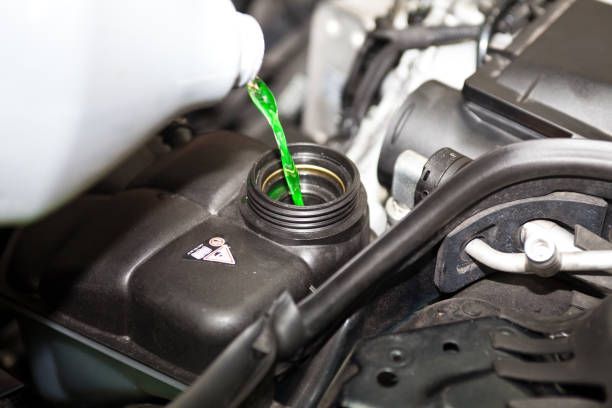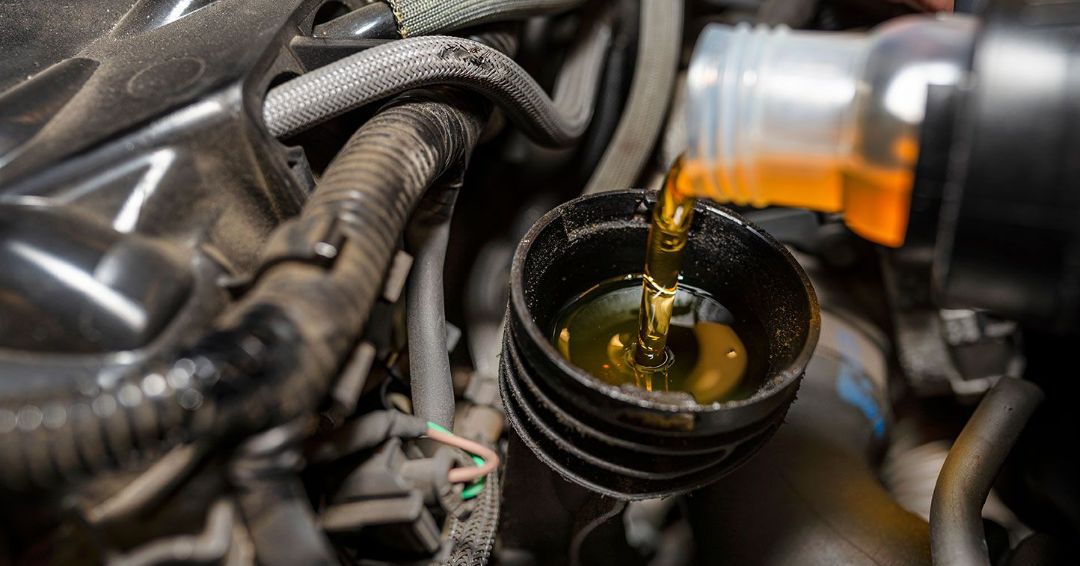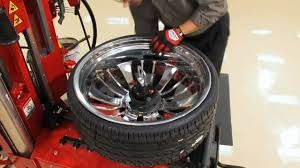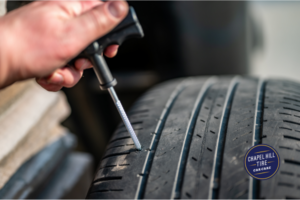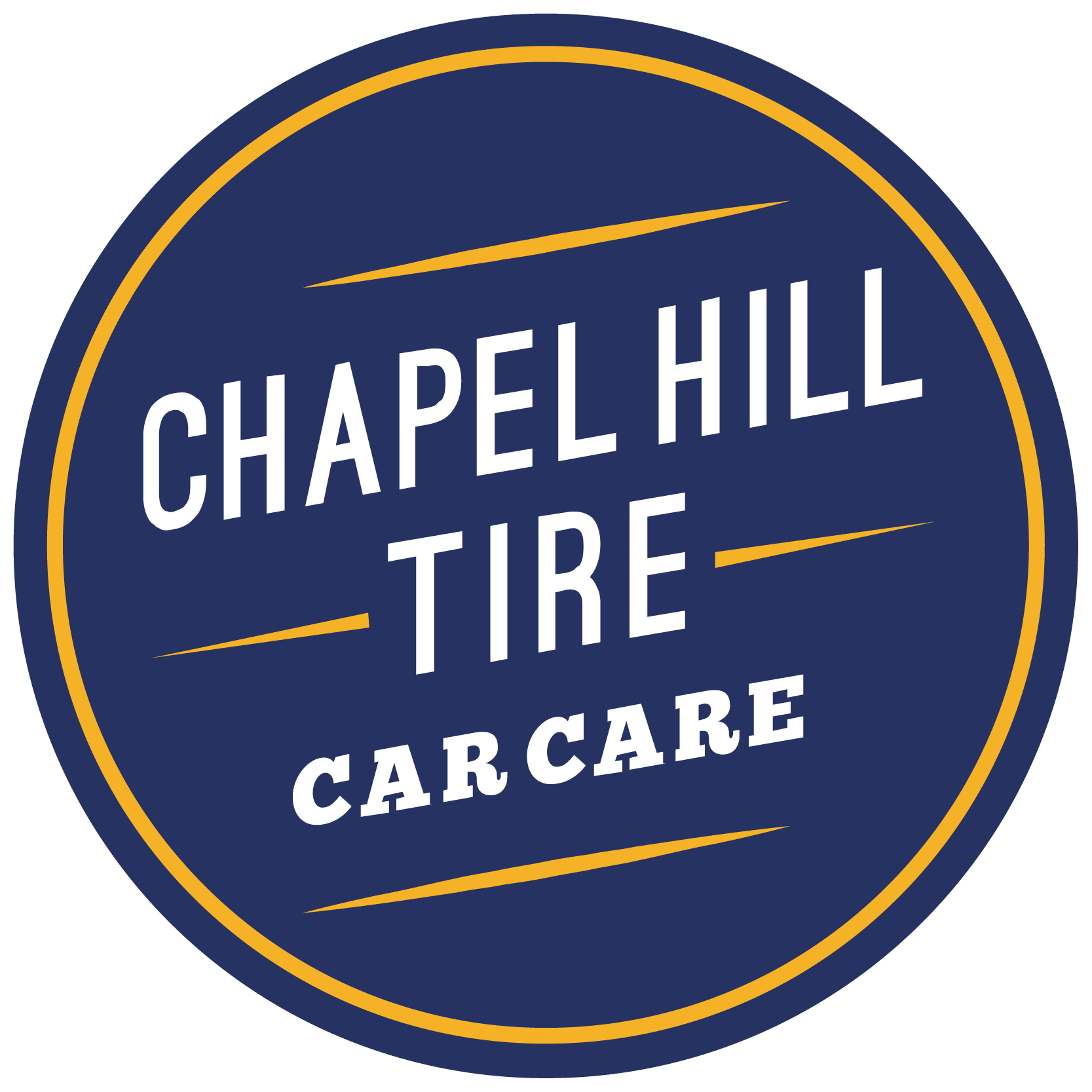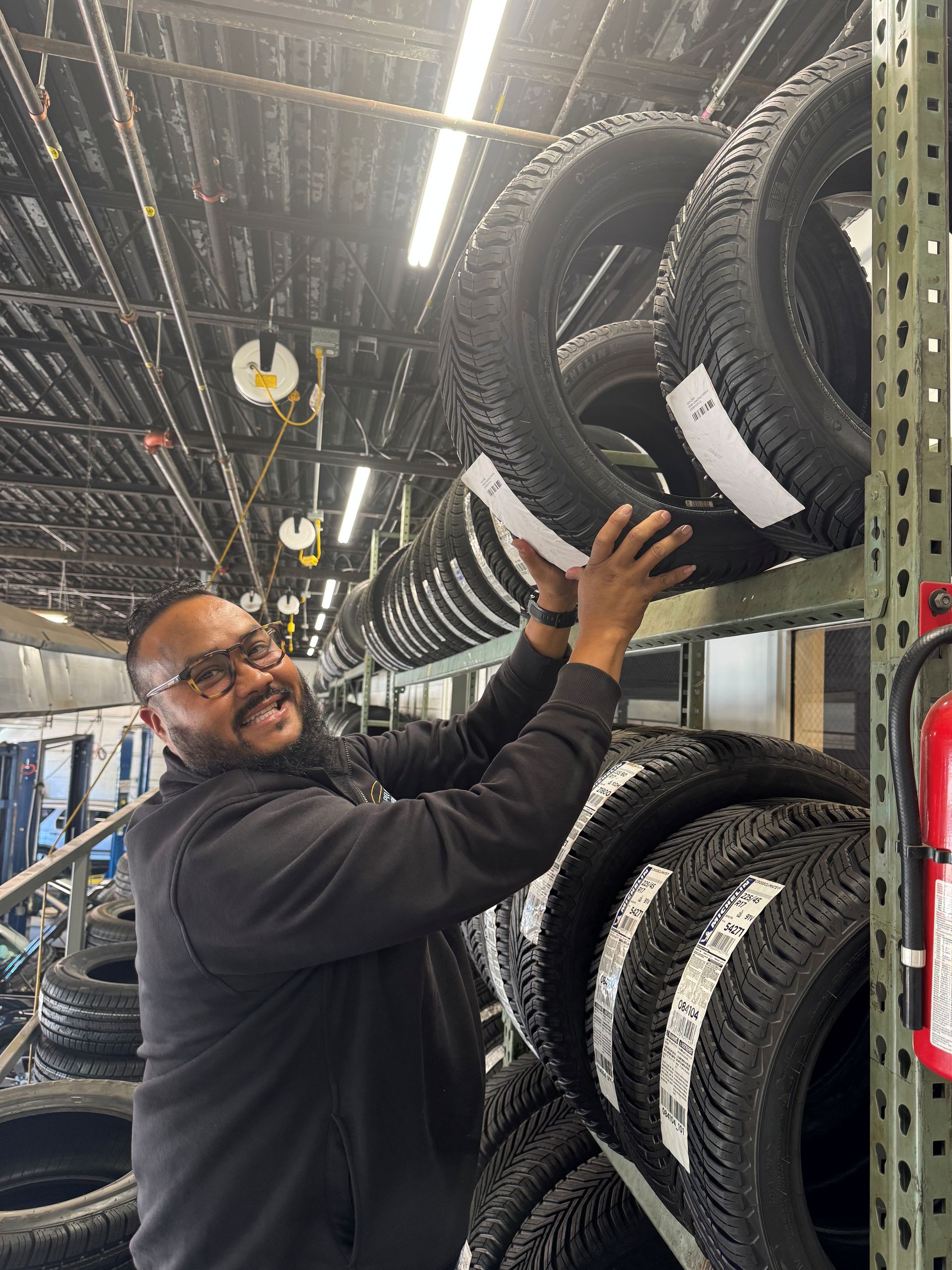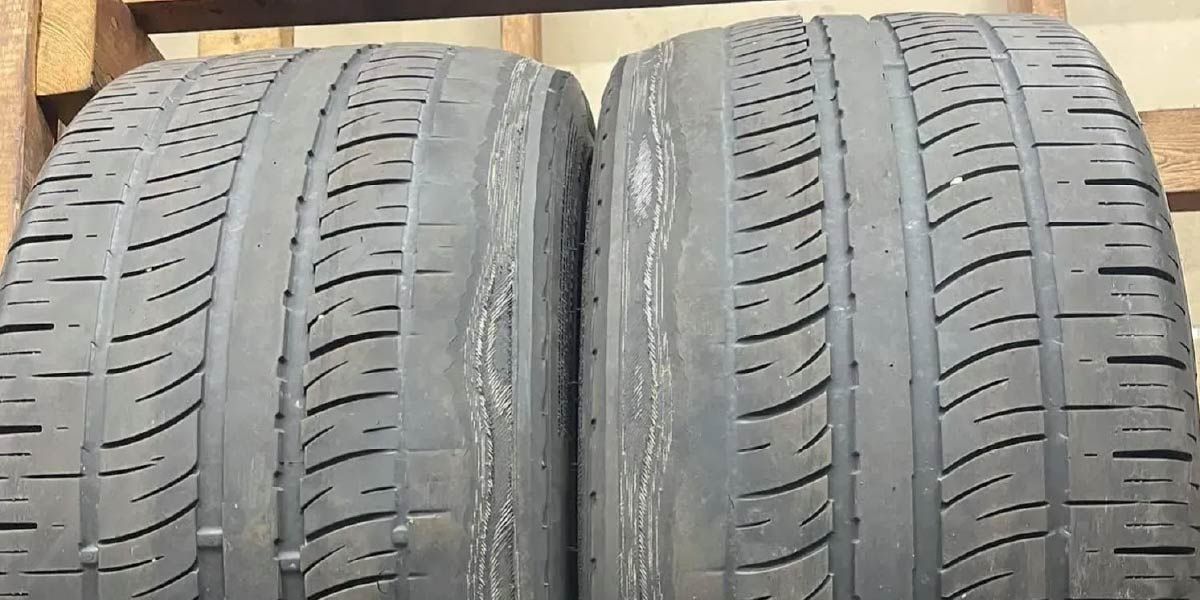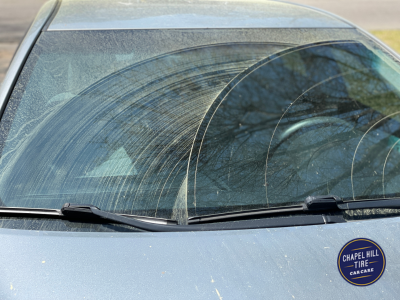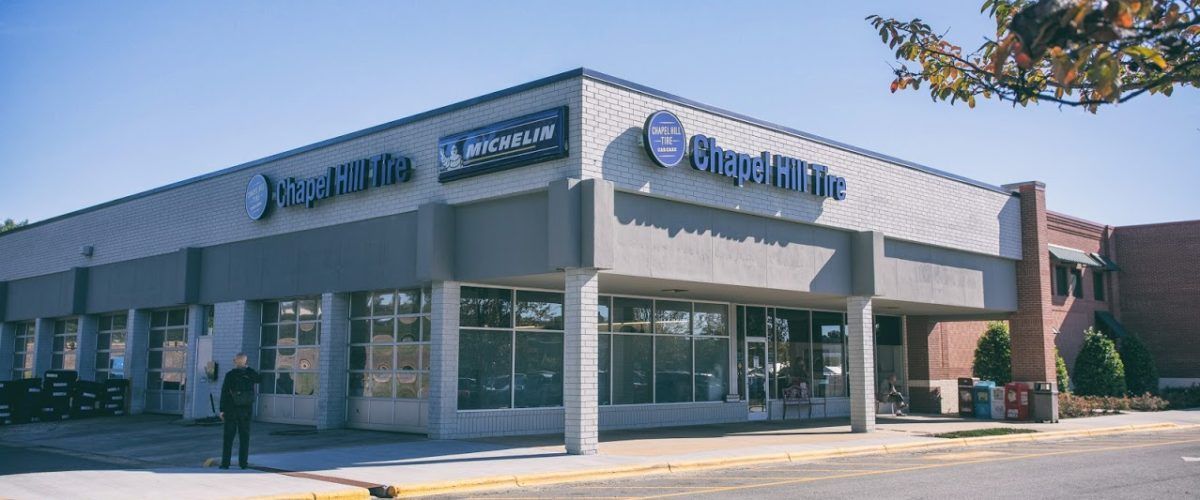Be Honest: Do I Need to Replace Tires in Pairs?
Auto Shops Located in: Chapel Hill, Durham, Taleigh, Apex, and Cary North Carolina
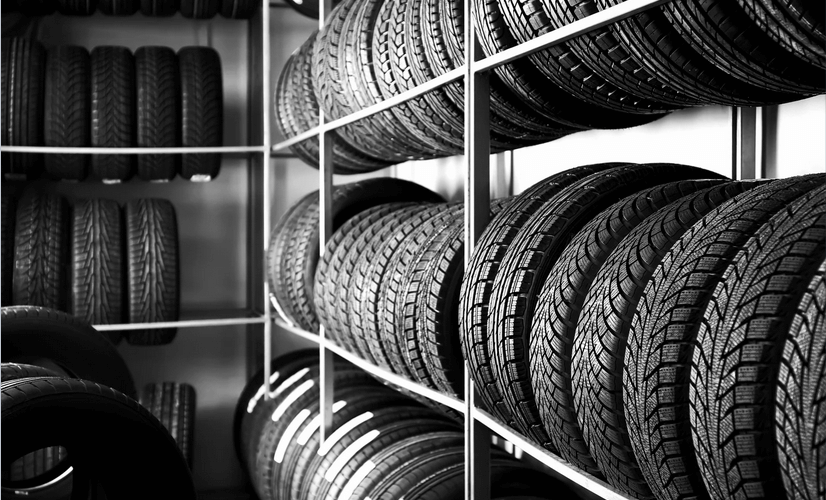
If one of your tires blows out and needs to be replaced, it can be tempting to simply buy a single used tire to replace your old one. While this might save you a bit of money in the short run, it’s usually not recommended for the problems and costs it can create in the long term. As you decide how many tires you should buy, take a moment to learn more about when it’s okay to replace your tires in pairs.
Do You Have to Buy Tires in Pairs?
When your tires are showing signs they need to be replaced, it’s usually best practice to replace all four of your tires at once instead of replacing them in pairs. The reason for replacing all four tires at the same time is that you want all four corners of your vehicle (i.e., your tires) to have a similar amount of traction and grip on the road.
As tires wear down, their tread will become shallower. If you replace only two tires instead of all four, the tread will be uneven since the new tires will have more tread than the others. This uneven tread will affect the braking and handling of your vehicle, which could reduce your control over your ride.
Replacing all four tires at the same time ensures they have the same tread depth. This consistency in tread depth will make your handling and braking more predictable, resulting in a safer and more controlled driving experience.
Can I Change My Tires in Pairs If I Can’t Afford 4 New Tires?
For all-wheel-drive and four-wheel-drive vehicles, consult your owner’s manual for the manufacturer’s recommendation for how many tires to replace. Most manufacturers of all-wheel drive and four-wheel drive vehicles recommend all four tires to be the same brand and model while also being within 2/32 of an inch of tread of each other.
If you can’t swing the cost of four tires and your owner’s manual says you can replace them in pairs, the next best option is to buy tires in pairs and replace the most worn-down tires on your vehicle with them first. Typically, a front-wheel drive’s front tires wear out faster than those in the rear, while a rear-wheel drive’s back tires wear down faster. As a result, if you have a rear-wheel drive, chances are you’ll need to replace your rear tires first, and the opposite goes for front-wheel drives.
One caveat, however, is that replacing all four tires at once can save you money in the long run. When all four of your tires start with the same tread depth and are regularly rotated, they’ll wear more evenly and last longer, making it so you can go longer between replacements. Even tire wear also helps you save money at the gas pump, as tires in good condition reduce a vehicle’s fuel usage.
When you buy tires in pairs, make sure that the new tires are the same as the old ones. If you get different tires, they could be sized differently, meant for different types of driving (e.g., winter vs. all-season tires), or wear down at different rates.
Should You Put a New Pair of Tires on the Front or Rear of the Vehicle?
In general, it’s recommended to install a new pair of tires at your vehicle’s rear, as installing them there will improve the predictability of your vehicle’s handling and help avoid spin-outs. If your front tires need to be replaced, you can replace them with your old rear tires and install the new tires at the rear. That being said, you should speak with a mechanic about where you should install your new pair of tires based on your specific vehicle’s needs.
What Problems Can Replacing a Single Tire Cause?
Never replace a single tire without a qualified mechanic telling you it’s okay. Usually, replacing a single tire will negatively affect your vehicle’s handling, balance, and grip on the road. While you might not notice these negative effects when you’re driving in perfect conditions, you’ll be far more likely to lose control of your vehicle while driving on wet roads or taking a corner at high speeds.
Is It Ever Okay to Replace a Single Tire?
If you’ve recently bought a new set of tires and one of them blows out, you may be able to get away with only replacing the damaged tire. A good rule of thumb to follow is that if your tires are 30% worn or less, you can replace a single tire even though a pair would be safer. Additionally, If your tires are 40% to 50% worn, you can replace them in pairs, and if all your tires are 70% worn, you should replace all four of them.
Tire Replacement Services in the Triangle
If you need tire replacement services in Chapel Hill, Durham, Raleigh, or the surrounding Triangle area, Chapel Hill Tire has you covered. When you think you might need new tires, our team can inspect them and give you a recommendation on whether it’s time to replace them. Our tire finder tool makes it simple for drivers to compare tires and find a pair or full set for their vehicle. We can also help you decide on the right type of tires and replace them to get you back on the road as fast as possible.
Learn more about our tire repair and replacement services today. If you’re ready to bring your vehicle in, please make an appointment at one of our convenient locations in the Triangle area. We also recommend checking out our coupons to see how much you can save.
We’ve got all your automotive repair needs covered.
